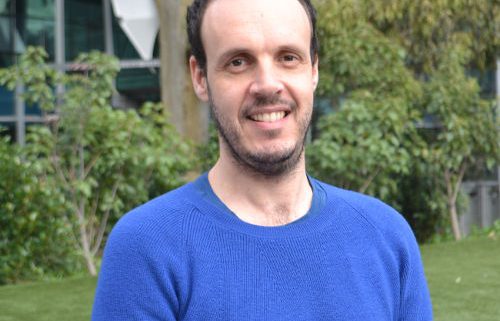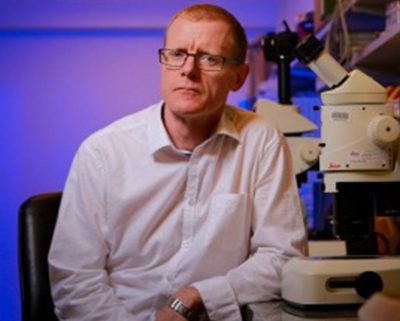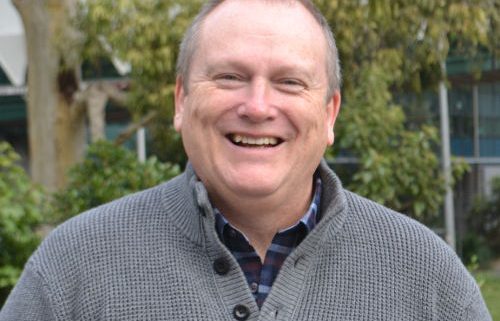New compound helps activate cancer-fighting T cells
Invariant natural killer T (iNKT) cells are powerful weapons our body’s immune systems count on to fight infection and combat diseases like cancer, multiple sclerosis, and lupus. Finding ways to spark these potent cells into action could lead to more effective cancer treatments and vaccines.
While several chemical compounds have shown promise stimulating iNKT cells in animal models, their ability to activate human iNKT cells has been limited.
An international team of top immunologists, structural biologists, and chemists published in Cell Chemical Biology the creation of a new compound that appears to have the properties researchers have been looking for. The research was co-led by Monash Biomedicine Discovery Institute’s (BDI) Dr Jérôme Le Nours, University of Connecticut’s Professor Amy Howell and Albert Einstein College of Medicine’s Dr Steve Porcelli.
The compound – a modified version of an earlier synthesized ligand – is highly effective in activating human iNKT cells. It is also selective – encouraging iNKT cells to release a specific set of proteins known as Th1 cytokines, which stimulate anti-tumour immunity.
One of the limitations of earlier compounds was their tendency to cause iNKT cells to release a rush of different cytokines. Some of the cytokines turned the body’s immune response on, while others turned it off. The conflicting cytokine activity hampered the compounds’ effectiveness.
The new compound – called AH10-7 – is uniquely structured so that does not happen.
“One of the goals in this field has been to identify compounds that elicit a more biased or selective response from iNKT cells, and we were able to incorporate features in AH10-7 that did that,” Professor Howell said.
The robust study, years in the making, also applied advanced structural and 3D computer modelling analysis to identify the underlying basis for the new compound’s success. These highly detailed insights into what is happening at the molecular level open up new paths for research and could lead to the development of even more effective compounds.
The molecular analysis helped validate and explain experimental results.
“By exposing a crystalized form of the molecular complex to a high-intensity X-ray beam at the Australian Synchrotron, we were able to obtain a detailed 3-D image of the molecular interplay between the invariant natural killer T cell receptor and AH10-7,” Dr Le Nours said.
“This enabled us to identify the structural factors responsible for AH10-7’s potency in activating iNKT cells. This valuable insight could lead to the development of even more effective anti-metastatic ligands,” he said.
In the current study, the research team made two significant modifications to an α-GalCer ligand in an attempt to make it more effective. They found that adding a hydrocinnamoyl ester on to the sugar stabilized the ligand and kept it close to the surface of the antigen-presenting cell, thereby enhancing its ability to dock with and stimulate human iNKT cells. In addition, trimming off part of the molecule’s sphingoid base appears to initiate the critical Th1 cytokine bias. Both changes, working in tandem, strengthened the effectiveness of the entire molecular complex in terms of activating human iNKT cells, Professor Howell says.






